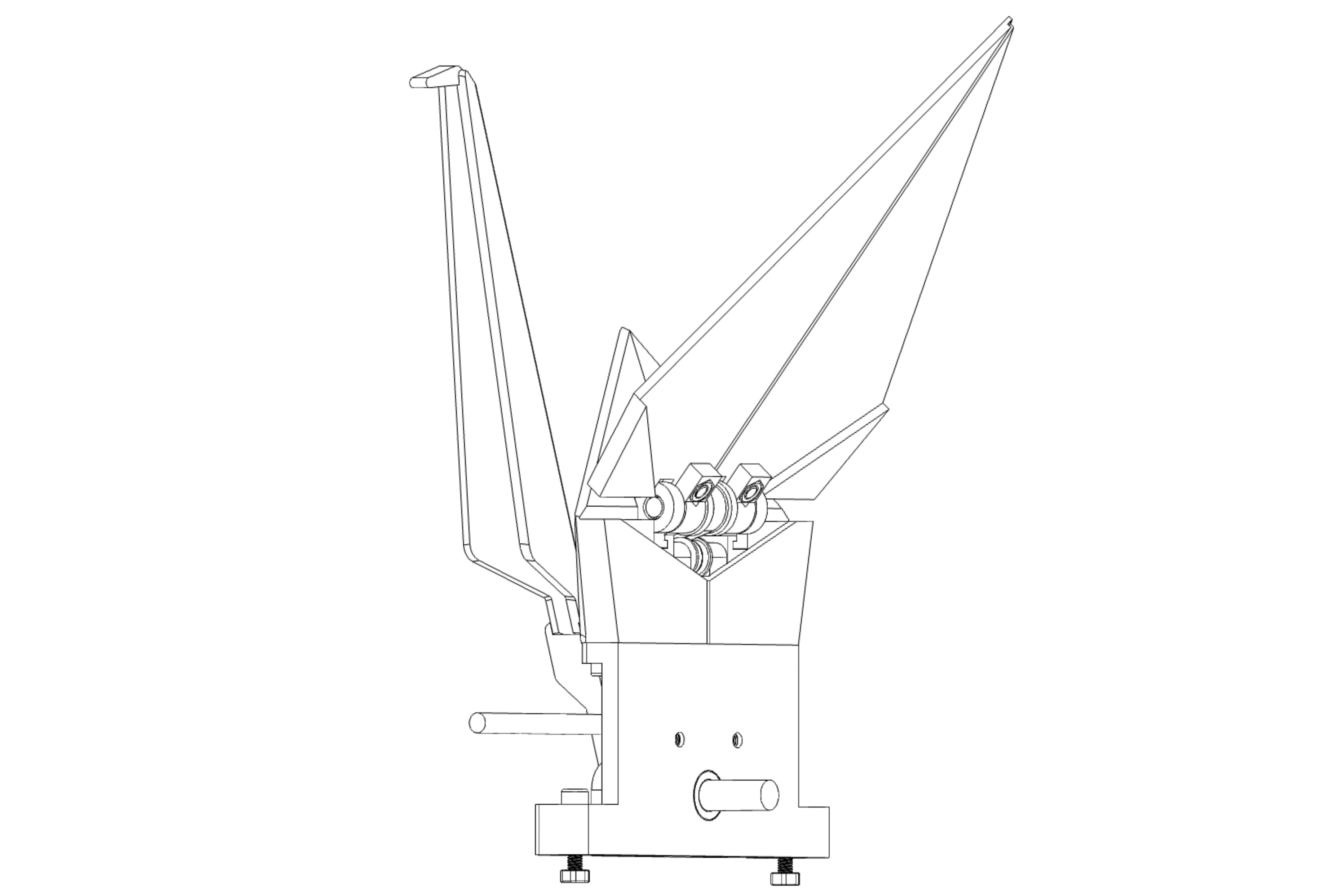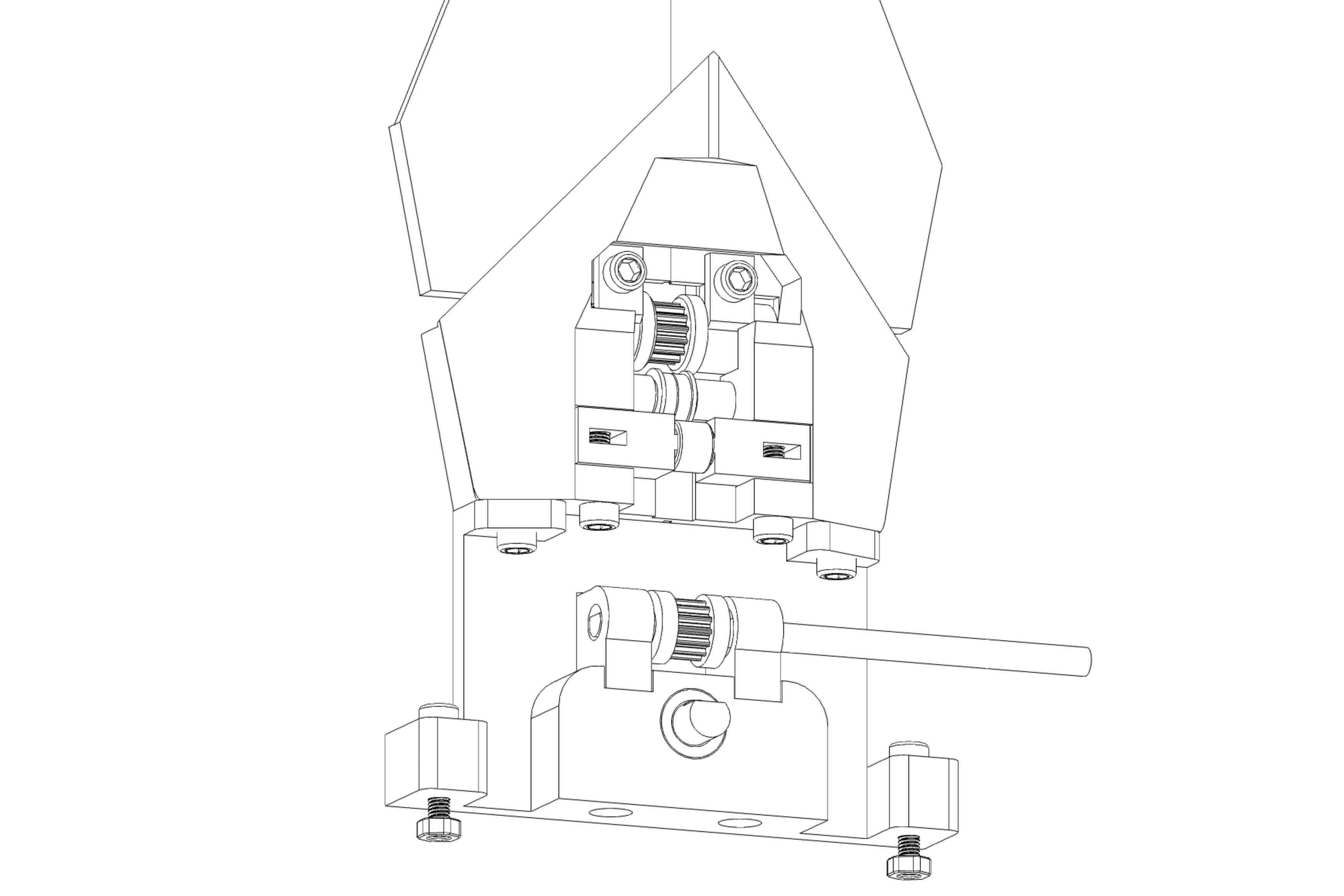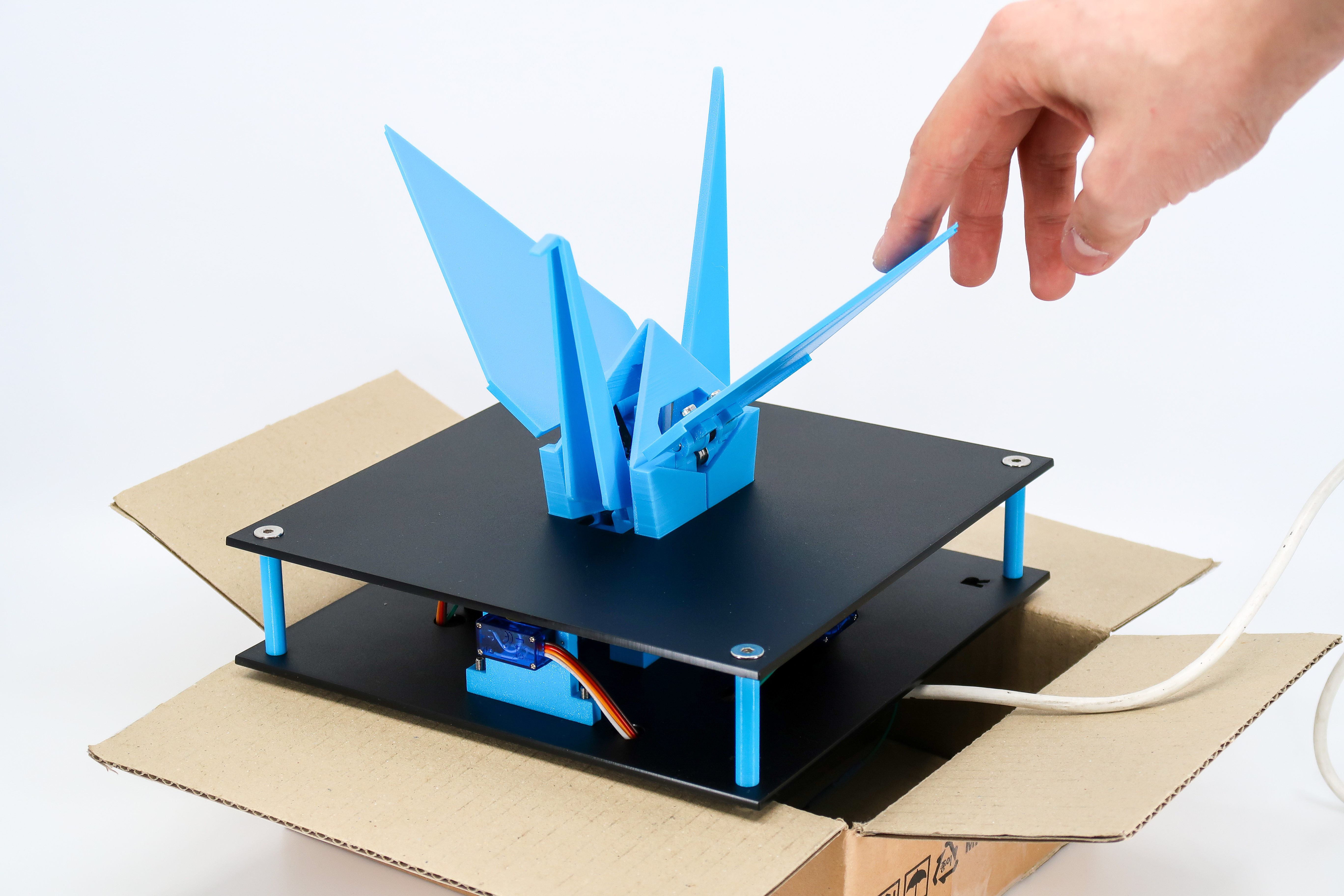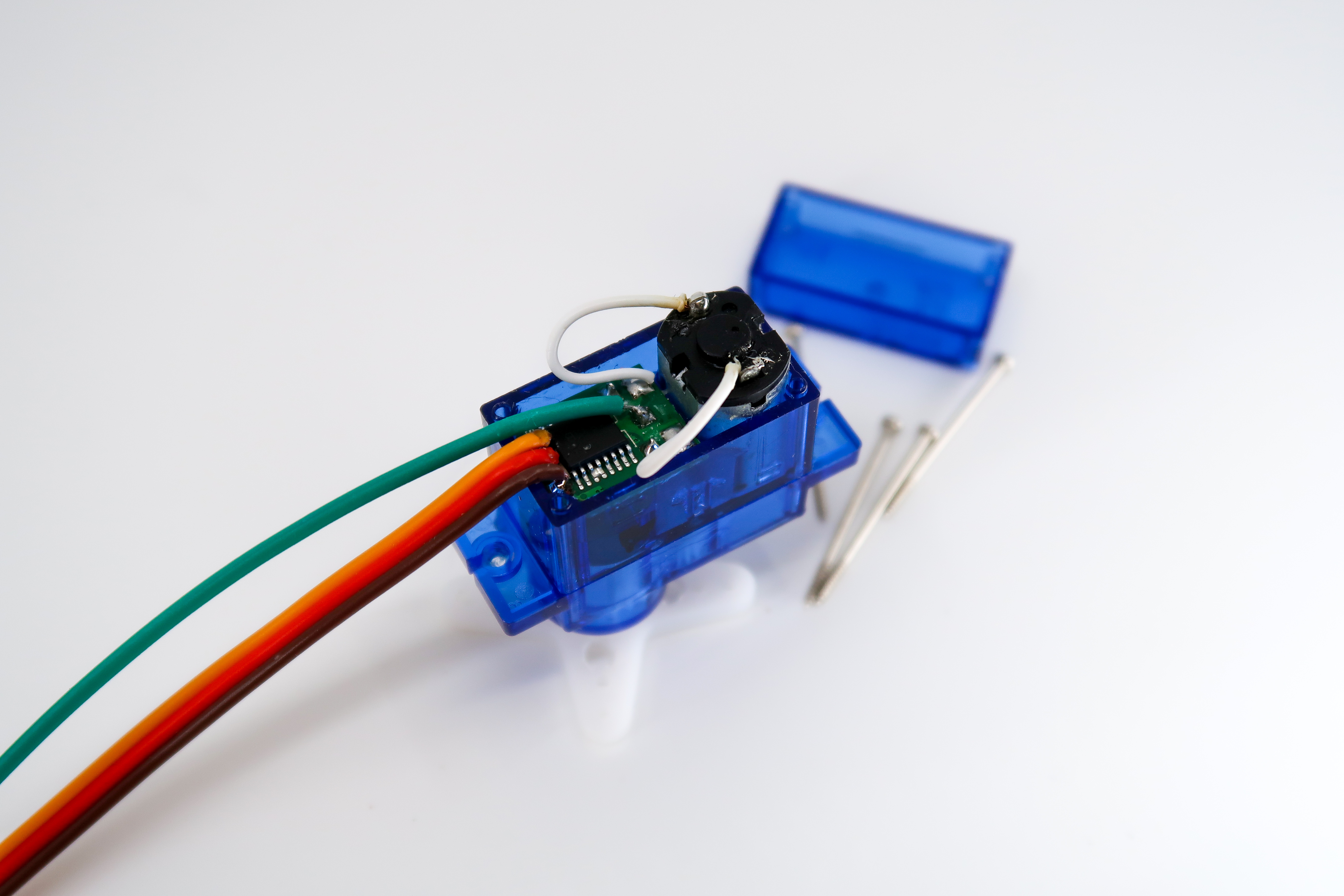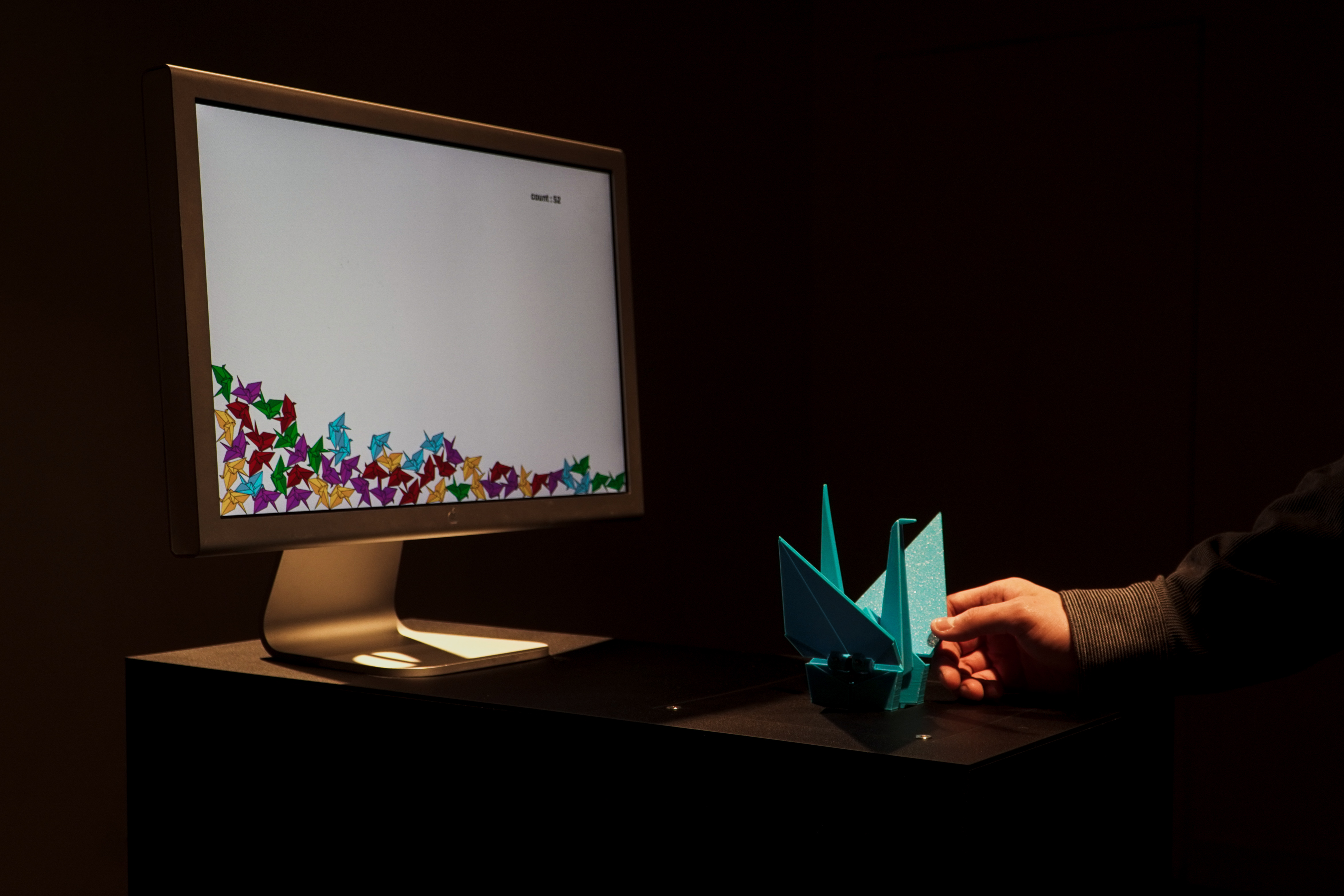
Paper Crane, 2020
Materials PETG, MCU, Hacked Servo Motors, Aluminum shafts, Display, Computer, S2M beltsTraditionally, it was believed that the wish can be fulfilled by folding a thousand origami cranes (paper crane) and stored in a glass jar. Even though origami crane, these days, is considered as an old-fashioned that lacks practicality, not worthy of a gift, however, until the late 90s in Korea, origami crane held more intimate meaning to it; the lovers would exchange a glass jar or a box of origami cranes as a gift. If the origami crane symbolized a proof of love as the act of folding implied devotion, although not made with paper, would a thousand origami cranes on the screen that is created by the device of which employs a repeated practice of folding <Paper Crane> deliver the equivalent aura to that of the past?
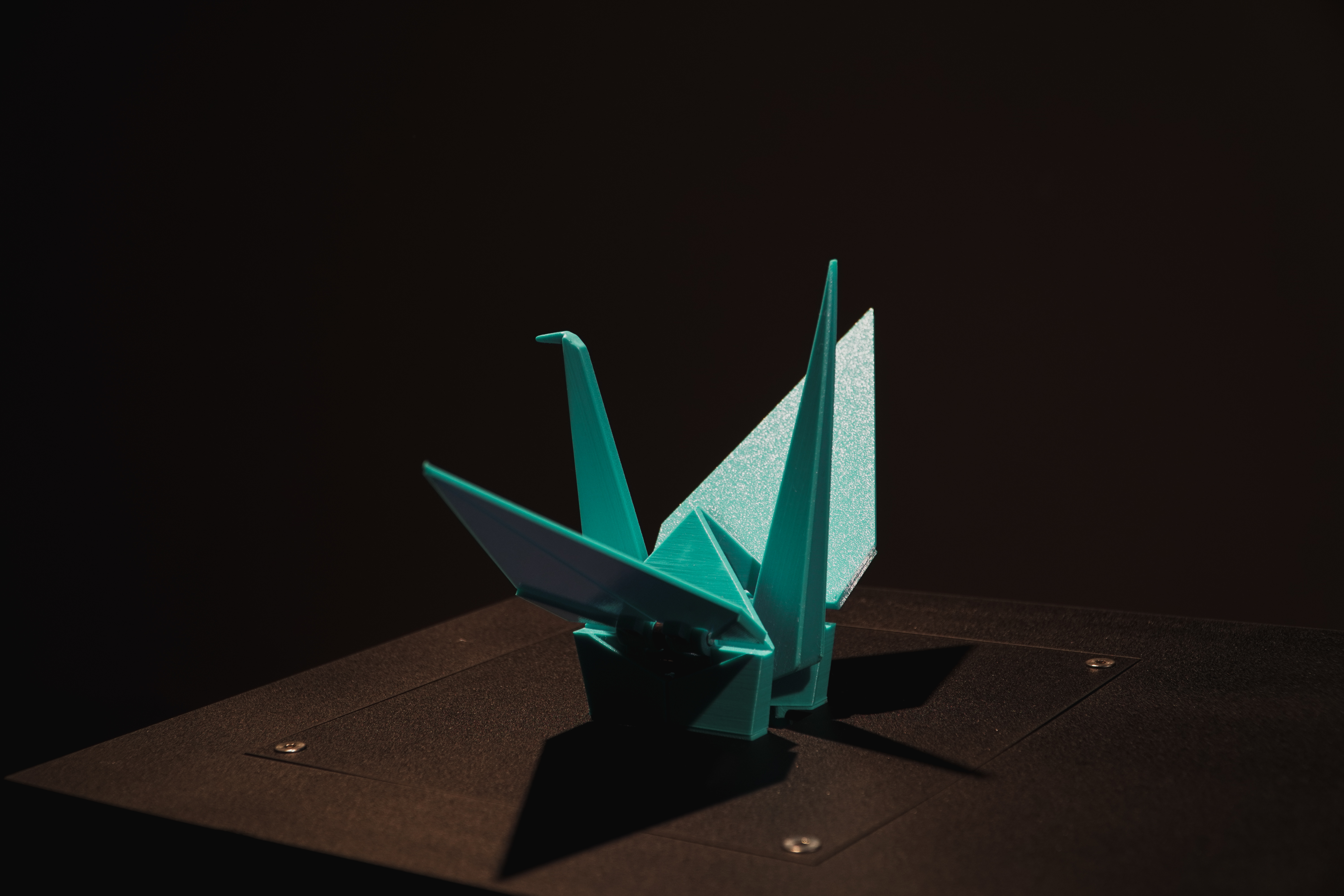

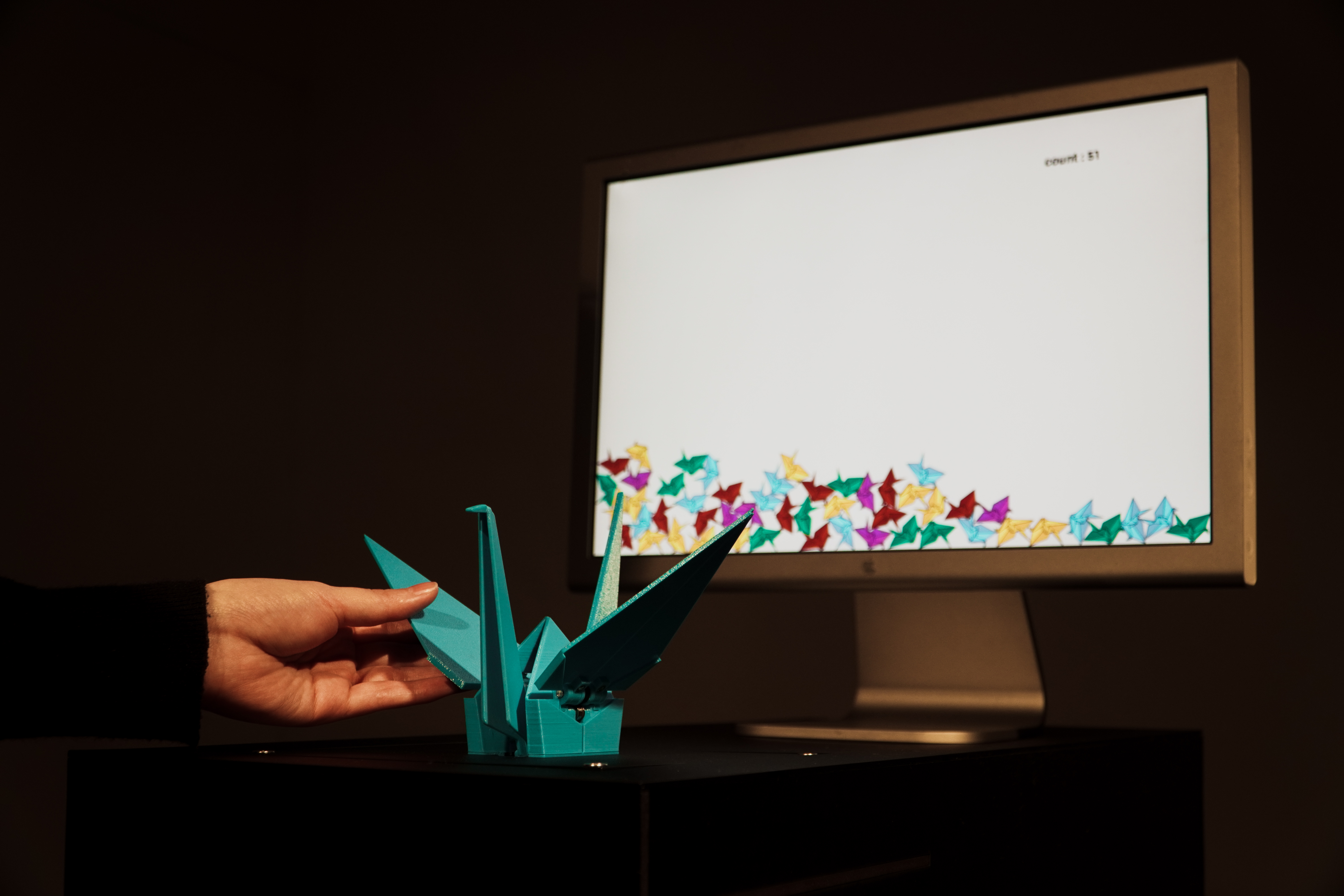 As a means of folding origami cranes, more than 2/3 of the process is irrelevant to the outward appearance of the crane. <Paper Crane> begins its folding by shaping into a similar form at the crucial stage of which is composed of the folded lines representing different parts of the crane. When the <Paper Crane> develops into its complete form, it is sensed and illustrated on the screen, then it returns to the beginning phase.
As a means of folding origami cranes, more than 2/3 of the process is irrelevant to the outward appearance of the crane. <Paper Crane> begins its folding by shaping into a similar form at the crucial stage of which is composed of the folded lines representing different parts of the crane. When the <Paper Crane> develops into its complete form, it is sensed and illustrated on the screen, then it returns to the beginning phase.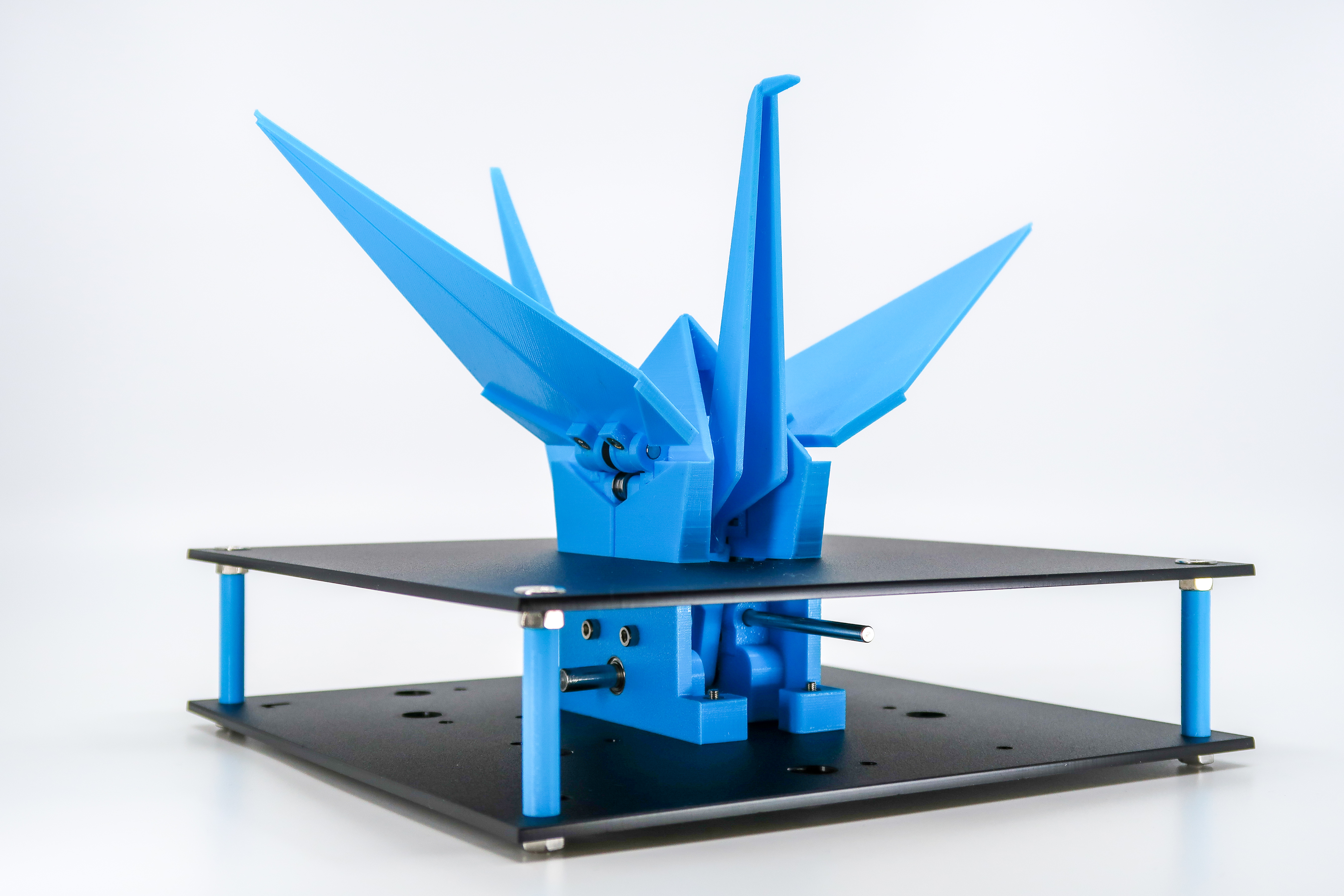
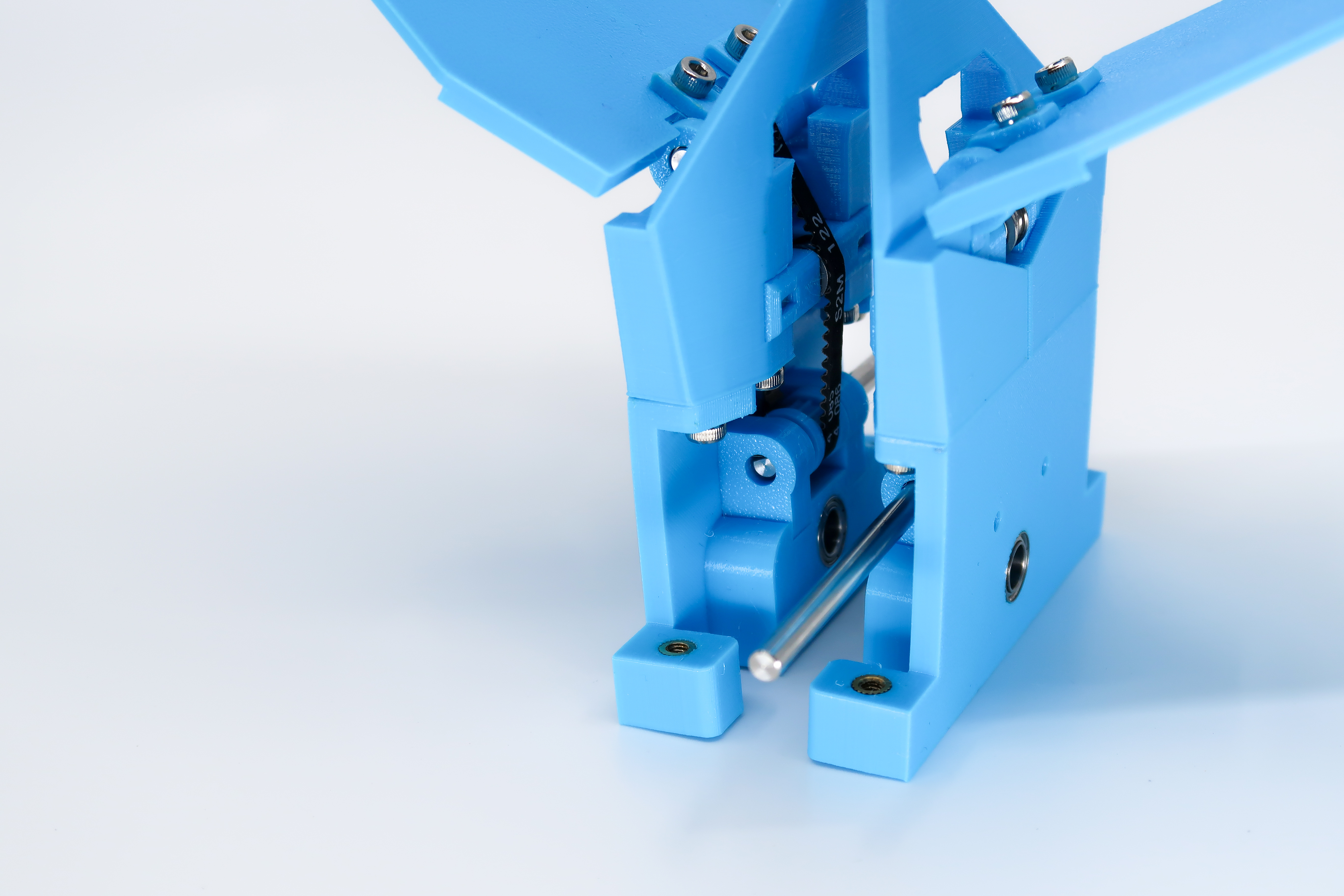
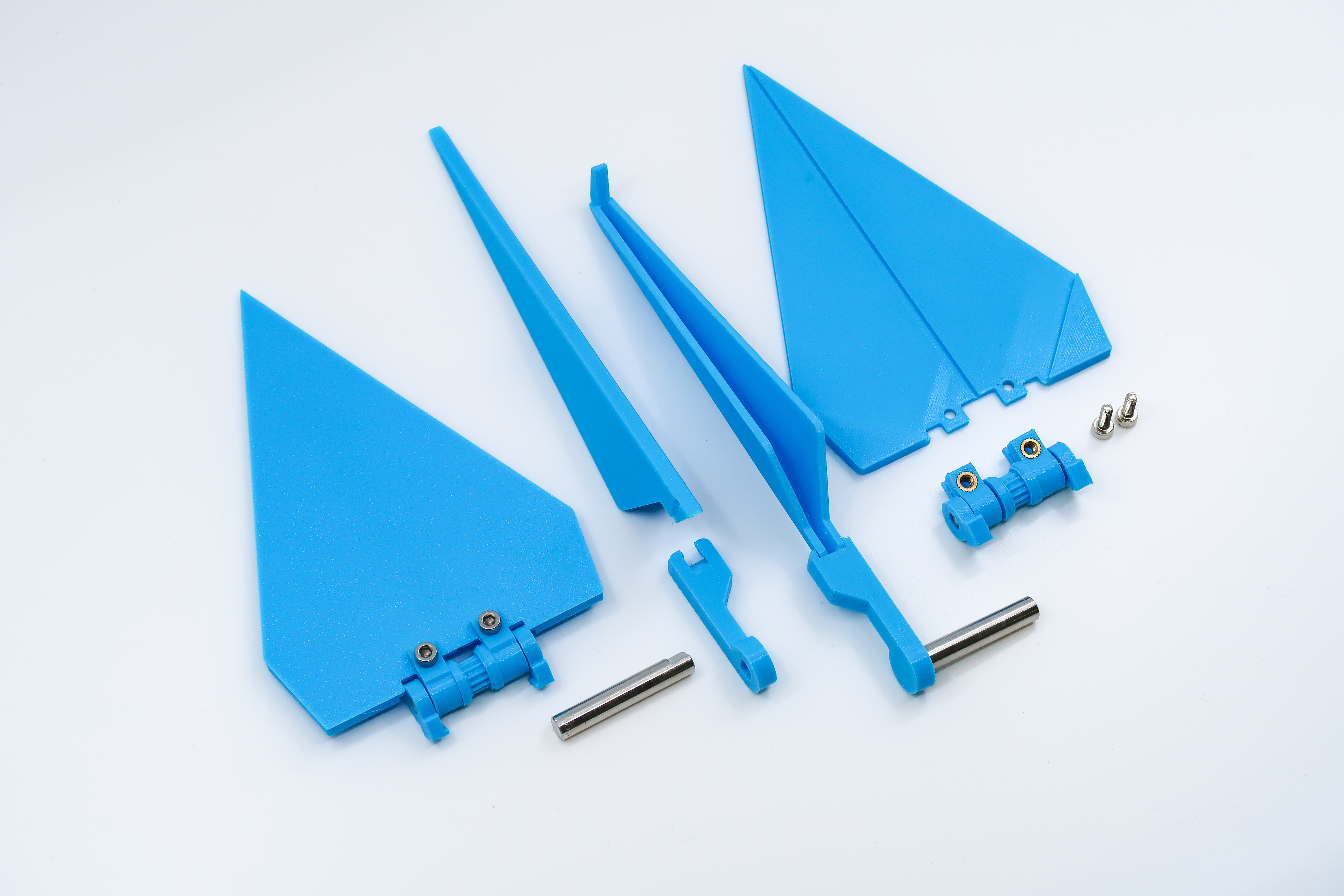
The crane is equipped with a servo motor system that sends out feedback on the kinetic positioning of the crane that is composed of four separate sections as the head, tail, left and right-wing. Thus each module perceives the audience’s behavior of folding the cranes, all modules fold above an adequate angle thereby produce a whole crane form and are counted out.
